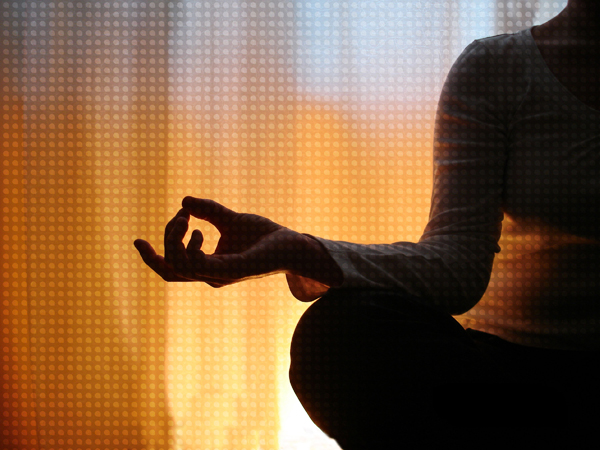Inner IDEA
Meditation is an approach to training the mind, similar to the way that fitness is an approach to training the body. But many meditation techniques exist. So how do you learn how to meditate?
“In Buddhist tradition, the word ‘meditation’ is equivalent to a word like ‘sports’ in the U.S. It’s a family of activity, not a single thing,” University of Wisconsin neuroscience lab director Richard J. Davidson, Ph.D., told The New York Times. And different meditative practices require different mental skills.
It’s extremely difficult for a beginner to sit for hours and think of nothing or have an “empty mind.” But in general, the easiest way to begin meditating is by focusing on the breath — an example of one of the most common approaches to meditation: concentration.
Concentration meditation
A concentrative meditation technique involves focusing on a single point. This could entail watching the breath, repeating a single word or mantra, staring at a candle flame, listening to a repetitive gong or counting beads on a rosary. Since focusing the mind is challenging, a beginner might meditate for only a few minutes and then work up to longer durations.
In this form of meditation, you simply refocus your awareness on the chosen object of attention each time you notice your mind wandering. Rather than pursuing random thoughts, you simply let them go. Through this process, your ability to concentrate improves.
Mindfulness meditation
Mindfulness meditation technique encourages the practitioner to observe wandering thoughts as they drift through the mind. The intention is not to get involved with the thoughts or to judge them, but simply to be aware of each mental note as it arises.
Through mindfulness meditation, you can see how your thoughts and feelings tend to move in particular patterns. Over time, you can become more aware of the human tendency to quickly judge experience as “good” or “bad” (“pleasant” or “unpleasant”). With practice, an inner balance develops.
In some schools of meditation, students practice a combination of concentration and mindfulness. Many disciplines call for stillness — to a greater or lesser degree, depending on the teacher.
Other meditation techniques
There are various other meditation techniques. For example, a daily meditation practice among Buddhist monks focuses directly on the cultivation of compassion. This involves envisioning negative events and recasting them in a positive light by transforming them through compassion. There are also moving meditations techniques, such as tai chi, chi kung and walking meditation.
How to meditate: Simple meditation for beginners
This meditation exercise is an excellent introduction to meditation techniques.
1. Sit or lie comfortably. You may even want to invest in a meditation chair.
2. Close your eyes.
3. Make no effort to control the breath; simply breathe naturally.
4. Focus your attention on the breath and on how the body moves with each inhalation and exhalation. Notice the movement of your body as you breathe. Observe your chest, shoulders, rib cage and belly. Make no effort to control your breath; simply focus your attention. If your mind wanders, simply return your focus back to your breath. Maintain this meditation practice for 2–3 minutes to start, and then try it for longer periods.
